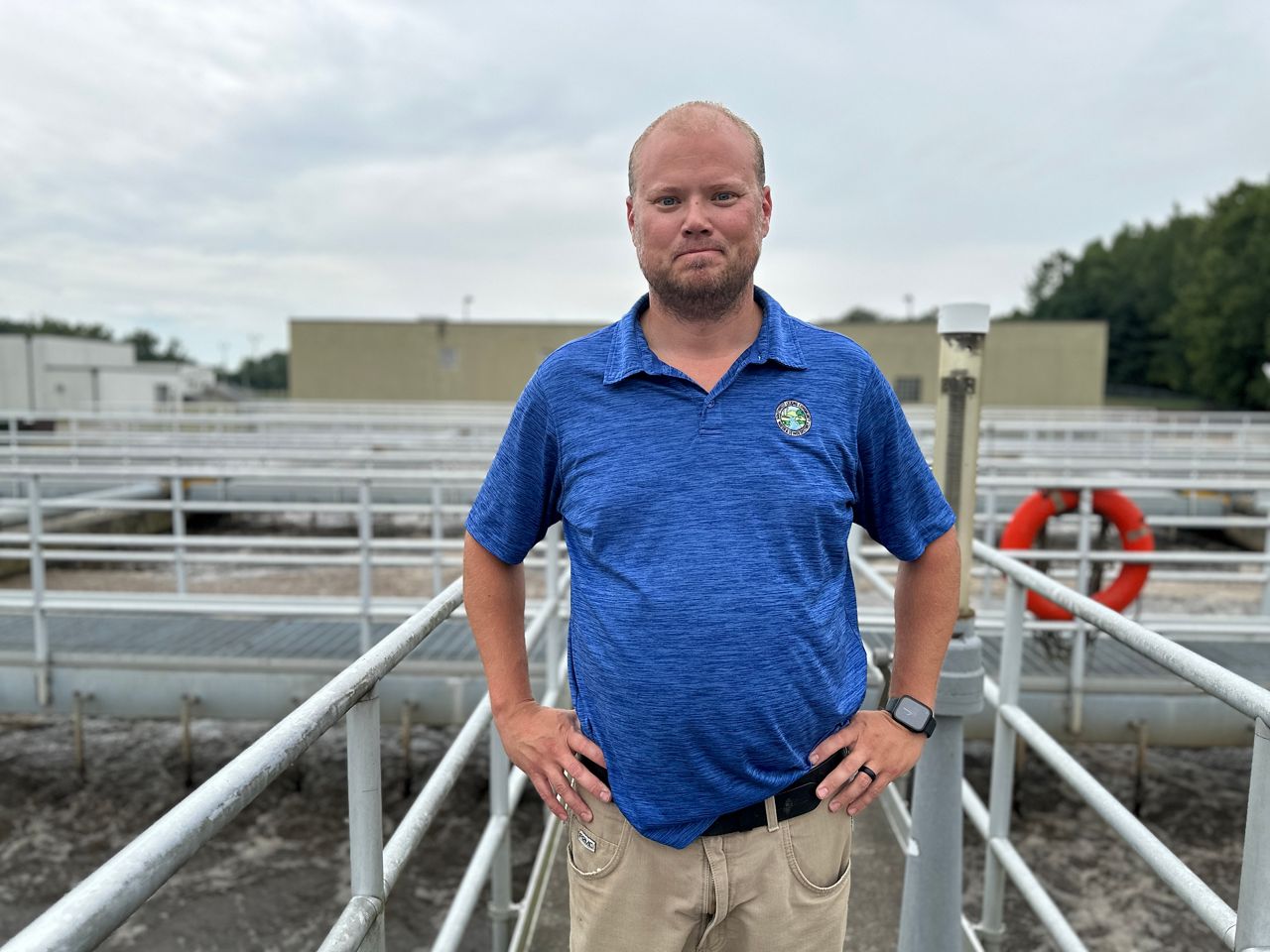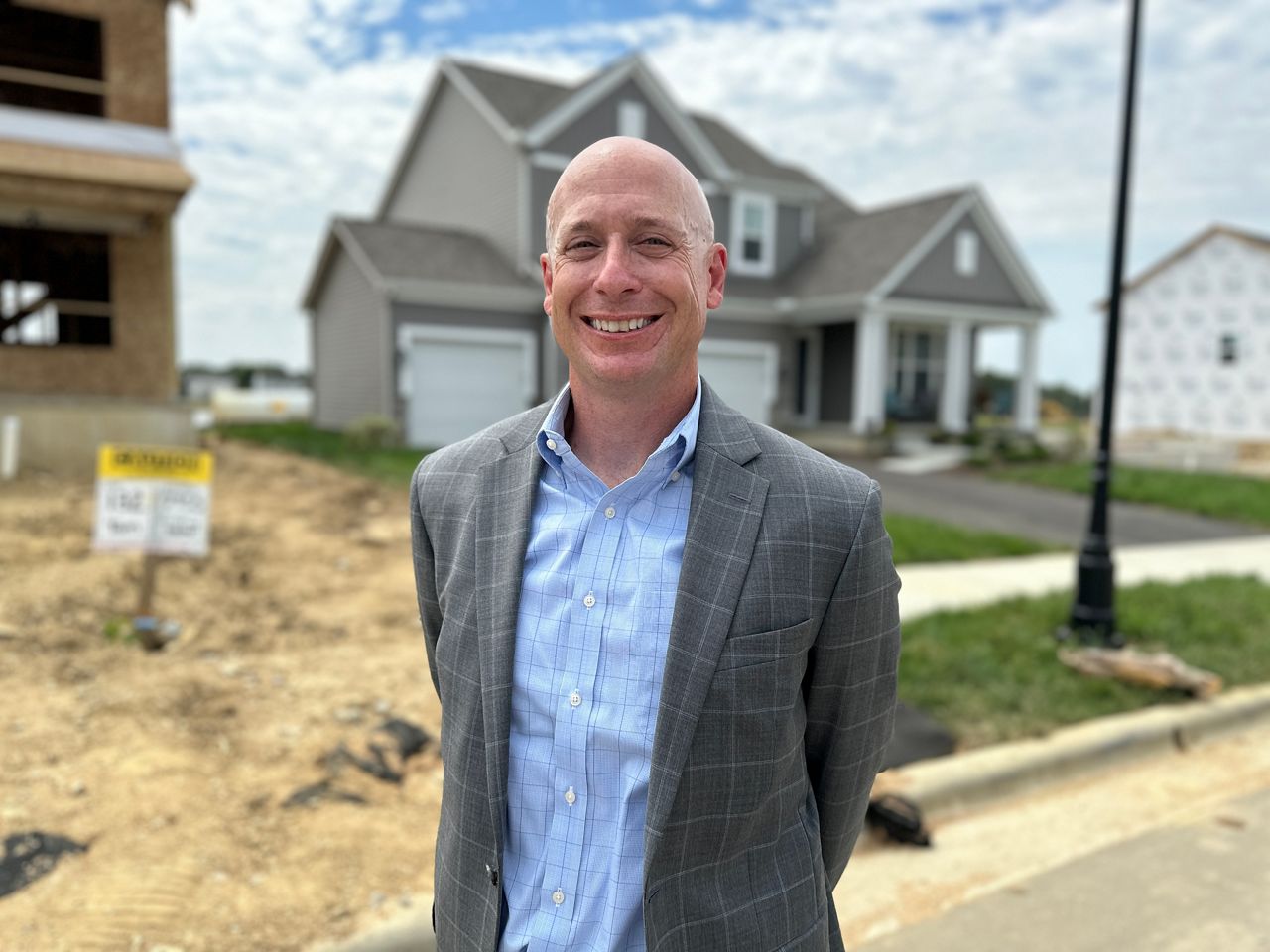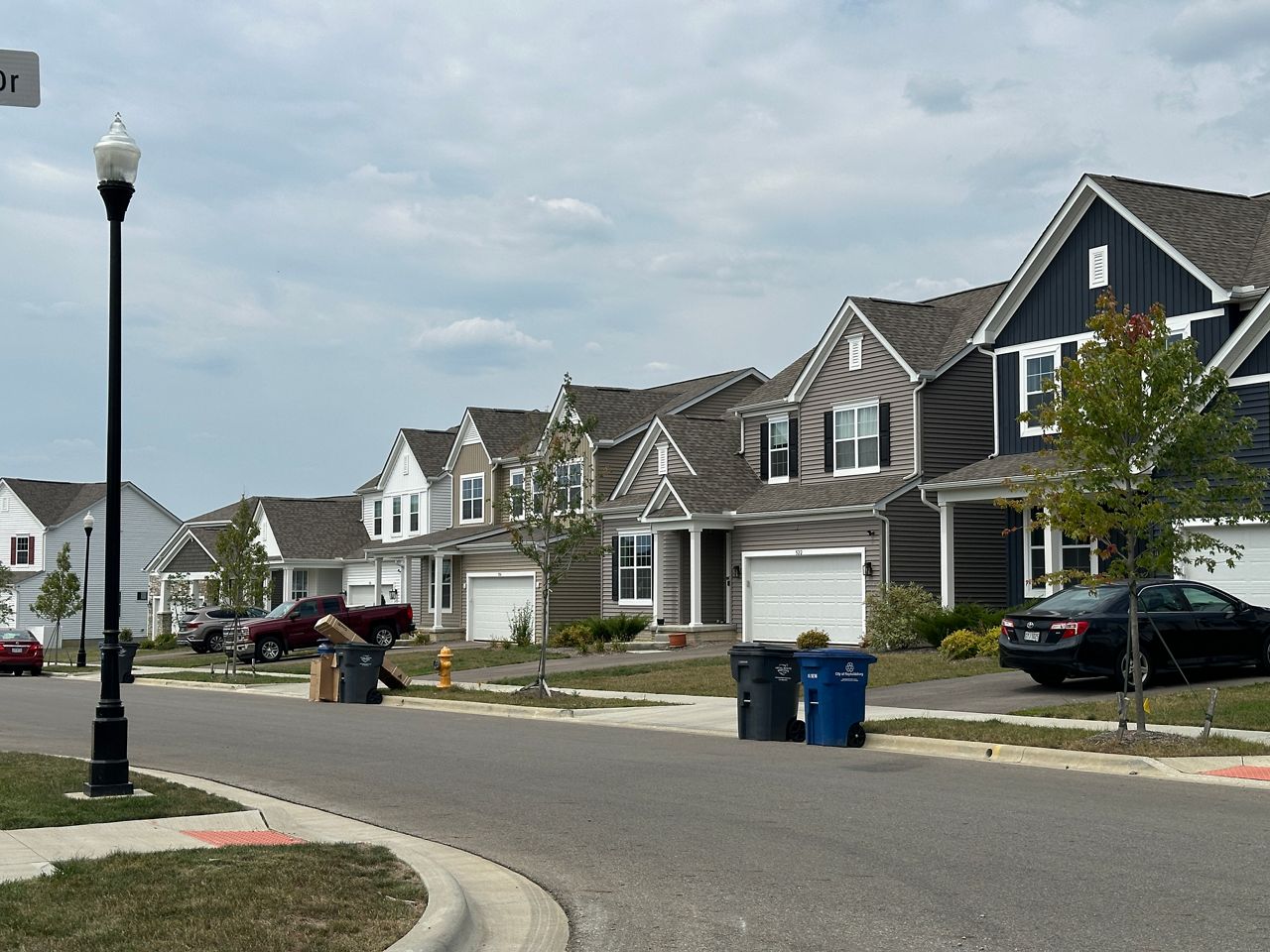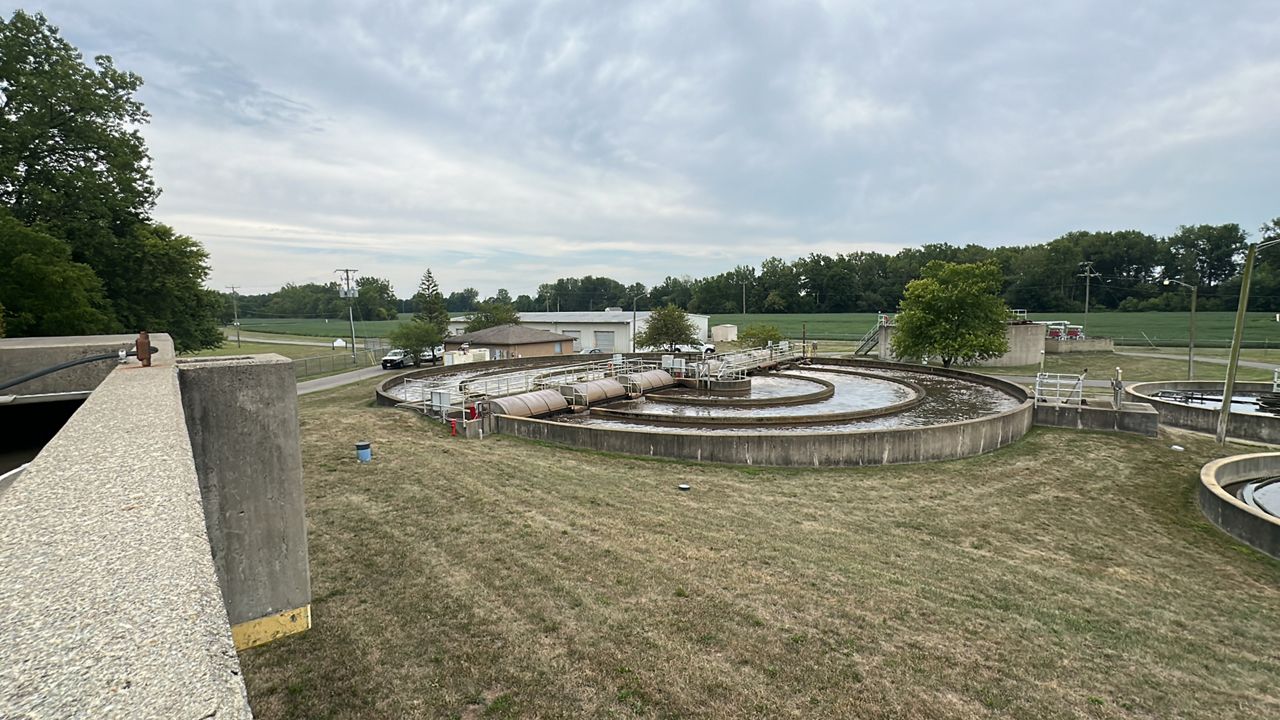COLUMBUS, Ohio — Having a flushing toilet is one of the most important aspects of any home that many of us take for granted.
Jim Roberts and Josh Holton know all about it. They work for the Southwest Licking Community Water and Sewer District.
“We're a little bit like sporting officials, when we do our jobs well, you don't notice us," Executive Director Roberts said. "If we don't do our jobs well, you notice us very quickly."
To build a home you need access to things like electricity, water and sewer. But in central Ohio, many sewage plants are nearly full and it’s slowing down, sometimes halting the construction of much-needed homes.

“We have about 300,000 gallons left of capacity, which equates to about 2,500 homes, roughly,” said Holton, wastewater systems manager. "What doesn't factor into that equation is businesses and the size of businesses. One business could use up 300,000 gallons a day capacity in one site.”
Central Ohio is experiencing unprecedented growth as big companies like Intel set roots there. But right now, Holton said the region doesn’t have the infrastructure to keep up.
“There is capacity at facilities, absolutely, the problem is most of the facilities that have capacity is not where the growth is needed or necessarily wanted," Holton said. "These facilities are typically planned for a 20 year life cycle. So in that 20 years, you kind of anticipate a projected growth rate for your area, right? Well, in central Ohio, that projected growth rate 20 years ago looks nowhere close to what the projected growth rate is today. so utilities are playing catch up. It's plain and simple. We're we're trying to catch up to this growth and get ahead of this growth, because without our capacity, growth stops. And when growth stops, the city dies. It's that simple."
Jon Melchi, the executive director of the Building Industry Association of Central Ohio, estimates 89 people a day are moving to central Ohio or are born in the area. To keep up with that growth, he said we need to be building 17,000 to 19,000 homes each year. Currently, we’re building about 12,000.

“We have been at a deficit in central Ohio since 2008,” Melchi said. “A home is where a job goes at night…We need housing of every type, shape and stripe in all corners of this region.”
He said we’re lagging because of many reasons including outdated land-use plans, slow zoning approvals and the lack of sewer and water.
“We do not have a shortage of land, what we have is poor performance in maximizing the land that's available to us in central Ohio,” Melchi said. “Any of our entities in central Ohio that have authority over zoning really should be updating their comprehensive plans and zoning codes on a routine basis. Unfortunately, many of those haven't done so for decades.”
He said when a community has outdated land-use plans every development goes through an arduous process, whereas if communities are updating their land-use plans regularly, it can really expedite that process. The City of Columbus, of which Intel’s utiltiies will be contracted through, just updated their zoning code for the first time since the Eisenhower Administration. Outside of Columbus, where a lot of the growth is happening, is where he said we need to see improvements in land use plans.

The lack of homes is driving an issue of supply and demand. If the housing supply doesn’t keep up, the cost of homes will continue to increase and the options to live close to family or work will be limited.
“Central Ohio being such a affordable place historically for people to live and to get around, and if we lose that advantage, we lose the ability to recruit, retain the great companies that are coming to Columbus region today,” Melchi said. "What that does is it makes it more difficult for people to live in or near the communities they want to, whether that's living near a relative that they need to take care of or whether it's living close to their jobs. Our belief is that it should not be a privilege to live within close proximity to your workplace or to your family."
To help fix the problem, utilities like the Southwest Licking Community Water and Sewer District will soon be expanded, and two new ones will be built over the next few years.
“The Wagram Plant—the one that's in construction right now—we anticipate opening that in spring of 2026. So that's about two years away. The Raccoon Plant will be a couple of years behind that. So maybe 2028 or 2029,” Roberts said. “We're going to go from a little under a 3 million gallons a day capacity to about a 10 million gallons per day capacity in our sanitary sewer service.”

At this point we know that growth is coming, but utility providers are having to work extra hard so that Central Ohio can adequately keep up with it.
“We don't have a choice,” Melchi said.
Roberts added that communities need to work together or the growth won't be successful.
“We need guidance and direction from our local partners for where they want the projects to happen, how they want the projects to happen,” Roberts said.
Melchi said one of the best things people can do if they want to get invovled is to show up to local city council meetings or trustee meetings and advocate for more housing in your community. For more infomation on the BIA of Central Ohio visit here.



